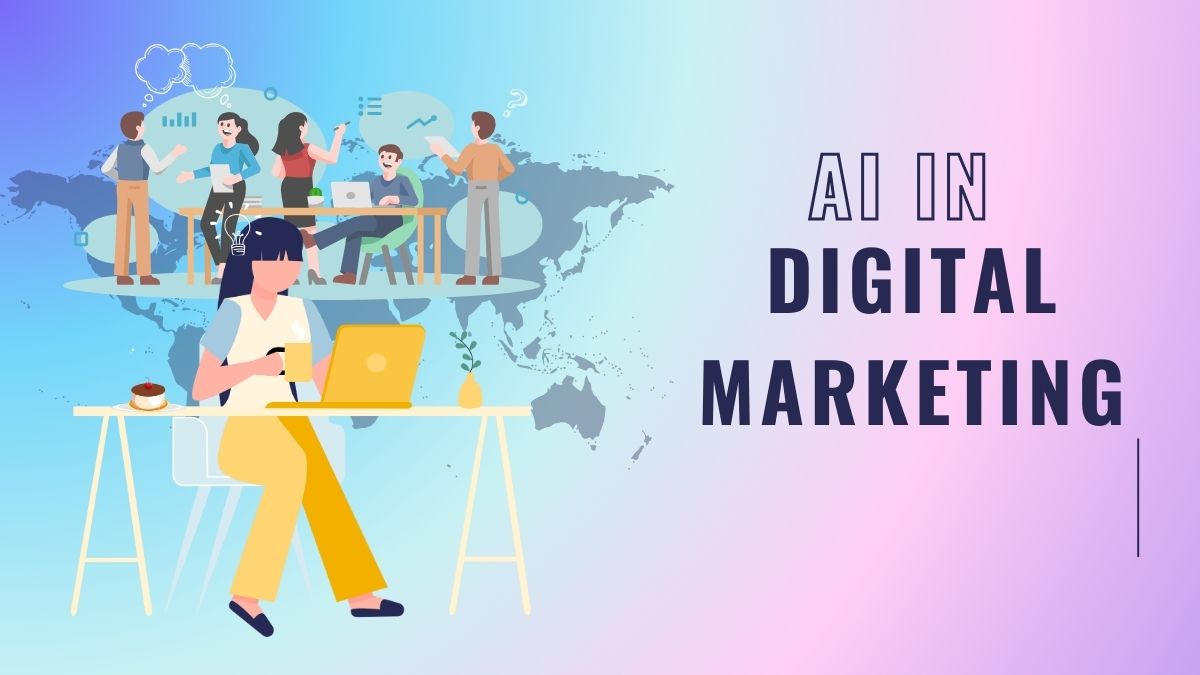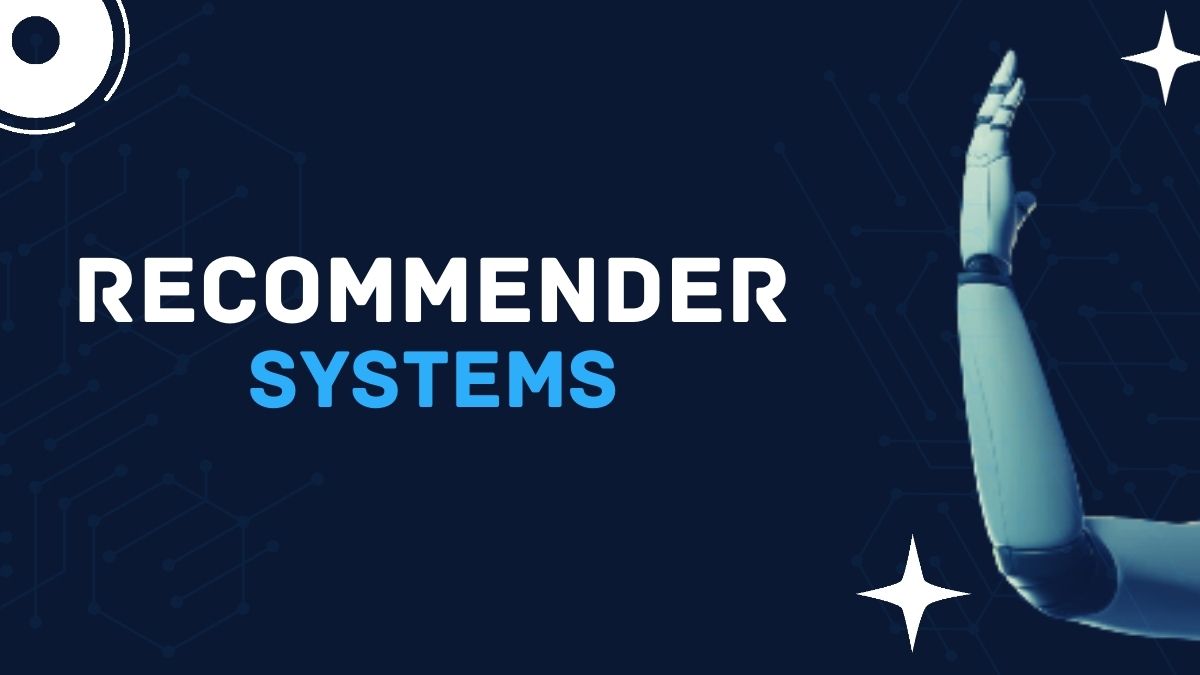AI is evolving with each passing year, and its influence on digital marketing is multi-faceted. AI in digital marketing is transforming interactions with audiences, customer engagement, and more. With the help of advanced algorithms and language models, AI today is being able to analyse customer behaviours and help marketers plan marketing campaigns accordingly.
Are you curious about its impact and the latest trends? Let us discuss the role of AI in digital marketing and navigate important strategies to stay relevant in today’s cutting-edge artificial intelligence-guided industry.
The Influence of AI in Digital Marketing
Artificial intelligence today has completely changed the way a digital marketing landscape functions. As AI-driven tools like statistical analysis and machine learning continue to influence new-gen marketing strategies, marketers must keep themselves aligned with changing approaches and technologies within this domain.
Let’s see how organisations use different approaches and AI tools for marketers today to strengthen marketing strategies.
Predictive Analytics and Decision-Making
Artificial intelligence (AI) has enabled marketers to forecast consumer habits and, based on them, make informed decisions. It has the potential to predict even future trends by assessing historical data, which enables firms to prepare strategically. Sellers, for instance, utilise predictive data to maximise marketing and stock levels, cutting expenses and raising the level of customer satisfaction.
SEO and Content Optimisation
AI in digital marketing helps to track effectiveness, suggest changes, and study keywords in order to boost content for search engines. AI-driven SEO solutions can track rankings, recommend content structures, and determine the most profitable keywords. The effectiveness and precision of AI-driven content optimisation are demonstrated by comparing conventional and AI-driven SEO techniques.
Customer Insights and Personalisation
AI provides insights into customers by analysing large volumes of data to create highly individualised marketing strategies. By recognising trends and choices, machine learning algorithms enable marketers to customise their offerings for individual consumers. One example of this customisation is Amazon, which offers product recommendations based on user habits, which increases client fulfilment and retention.
AI-Optimised Content Development
AI technologies are bringing a substantial change in content development and editing, helping marketers create remarkable content in a very limited amount of time. Marketers can save time and money using tools like GPT-4 to provide exciting and pertinent text content.
The Influence of AI on Customer Engagement Strategies
The implementation of AI in digital marketing carries the potential to step up your customer service and interaction. The assimilation of cutting-edge technologies, such as AI-powered assistants and chatbots, is proof of this. Let’s see how.
Virtual Assistants
Virtual assistants offer streamlined and customised services to enhance client relations. For example, AI–driven personal assistants, such as Google Assistant and Amazon Alexa, facilitate business-customer engagement through intelligent exchanges and spoken instructions.
AI-Driven Chatbots
AI-powered chatbots provide 24/7 customer support, handling multiple queries simultaneously and providing personalised solutions. Retailers employ chatbots to enhance the overall customer experience by assisting customers with order management, product recommendations, and other services.
AI’s Influence on Campaign Management and Advertising
AI’s role in advertising is essential across tasks like enabling real-time bidding, optimising ads, and ensuring precise targeting. Let’s see what else it can do to transform your advertising endeavours.
Audience Targeting and Categorisation
AI facilitates audience segmentation according to tastes, demography, and habits. Marketers can target advertising more efficiently with AI solutions like Facebook Advertising Manager and Google Ads, which boosts the level of engagement.
Programmatic Advertising
AI is used in algorithmic advertising to streamline the real-time purchase and sale of ad space. This approach maximises ROI by ensuring that the right audience sees ads at the right moment to draw maximum impact. Companies that use programmatic advertising witness significant gains in cost-effectiveness and ad performance.
Ethics in AI Marketing: Considerations and Difficulties
AI in digital marketing has many advantages, but there are also issues and ethical questions that require it to be addressed. One of the most significant ones is dealing with algorithmic bias.
AI-driven marketing tools will likely produce inaccurate and prejudiced results due to algorithmic bias. To guarantee the ethical use of AI, bias must be recognised and mitigated. Regular audits, various data sets, and all-encompassing algorithm design are some instances of remedial measures.
The Future of AI in Digital Marketing: Digital Marketing Trends 2024
AI in digital marketing forecasts an optimistic future as new trends are expected to transform the sector entirely. Here’s a look at a few such transformative trends.
Voice Recognition and AI
Considering the growth of voice search, content today is being optimised for voice-search-based queries, and artificial intelligence is being harnessed to support this optimisation. As more people are moving towards voice search options to address their daily queries, AI tools are increasing their focus on conversational patterns. This focus is set to enhance user experience with a voice-activated interface.
AI and Augmented Reality (AR)
The winning collaboration of augmented reality with AI is giving rise to creative customer marketing experiences. For example, using augmented reality (AR), companies like L’Oreal and IKEA help shoppers picture things in their own homes, boosting participation and driving sales.
Final Thoughts
Without a doubt, AI is changing the course of digital marketing by providing innovative options for enhanced impact, customisation, and consumer interaction. Keeping up with the newest developments in technology and trends is one true way for organisations to stay competitive, as artificial intelligence (AI) is on its way to expanding even more. Accept the potential of AI to propel your marketing plans and attain unmatched achievement in the online sphere.
Enrolling in the Professional Certificate In Digital Marketing And MarTech, CEC, IIT Roorkee can be an excellent start to step into this dynamic field. Offered in collaboration with Imarticus Learning, this certification in digital marketing can give you a headstart to claim a successful career in the field of digital marketing.










